When the first version of the 2025 NBA rebuild rankings launched in March, the expectation was that the NBA’s draft lottery would signal a massive shift. With Cooper Flagg and Dylan Harper believed to be the consensus top two talents in the class, whichever bottom-dwelling franchises that landed them would undoubtedly skyrocket up the list.
But then came that fateful night in May, when the Dallas Mavericks — their 2024 Finals roster reeling from the shocking Luka Doncic trade in February and Kyrie Irving’s torn ACL in March — and the San Antonio Spurs landed the top two selections. Even the third pick in the draft, VJ Edgecombe, went to the Philadelphia 76ers, who entered last season as title contenders before injuries to their stars plummeted their season.
As a result, the latest version of these rankings is as hard to parse as in the spring.
What can last season’s bottom four teams — the Utah Jazz, Washington Wizards, Charlotte Hornets and Brooklyn Nets, who failed to get the lottery luck they needed — do to jump start their rebuilds? What’s next for teams such as the Toronto Raptors, Atlanta Hawks and Portland Trail Blazers, who missed the playoffs last year but are making moves to sneak into contention?
Here’s our examination of where the 14 teams that missed the playoffs last season stand in their rebuilds, specifically how close each is to championship contention.
Note: Our rebuild rankings are not based on where rosters stand right now. Having more present-day talent doesn’t automatically mean you’re farther along in a rebuild. This list focuses on the combination of current talent and future upside to create the kind of championship alchemy teams are hoping to discover.

![]()
1. San Antonio Spurs
Players under 25: 8
Tradeable first-round picks: 3
Players on rookie-scale contracts: 5
The strategy: The Spurs and Mavs are the reminders that fortunes sometimes come down to something completely out of a franchise’s control: luck.
San Antonio landed the No. 1 (Victor Wembanyama), No. 4 (Stephon Castle) and No. 2 (Harper) selections in three consecutive drafts. That trio is the envy of every team except the champion Oklahoma City Thunder in terms of young talent.
Add All-Star guard De’Aaron Fox, who arrived via a trade from the Sacramento Kings, and Devin Vassell, who signed a five-year extension in October 2023, and the Spurs have every reason to believe their rise in the difficult West will continue.
Is it working? Assuming Wembanyama has a clean bill of health after his deep vein thrombosis diagnosis in February — the Spurs officially cleared him to return earlier this month — his presence alone is enough for the Spurs to lead this list. The addition of Harper, in particular, adds a possible perfect long-term fit as his pick-and-roll partner.
Estimated return to relevance: San Antonio will expect to compete for a top-six playoff spot this season with Wembanyama healthy and has the combination of young players and draft picks to acquire another premium player in the coming months — if one comes available and if San Antonio chooses to go all-in.
![]()
2. Dallas Mavericks
Players under 25: 6
Tradeable first-round picks: 3
Players on rookie-scale contracts: 2
The strategy: You thought San Antonio got lucky? Although Dallas general manager Nico Harrison declared that fans can “see the vision” after the franchise beat 1.8% odds to land the No. 1 pick and Flagg, the Mavericks winding up here after trading away franchise cornerstone Doncic in February is the kind of outlandish plot twist that would get laughed out of a movie script.
Now, Dallas has an elite prospect, veteran talent, a tight contention window — and plenty of risk. The Mavs have few ball handlers, with their most reliable one (Irving) set to miss at least most of the regular season with a torn ACL. But there is a chance that this group eventually coalesces into one of the bigger threats in the West.
Is it working? We haven’t had a chance to see this roster come together in the way Dallas envisioned when it made the Doncic trade. Anthony Davis and Irving played less than a full game together due to injuries, and it’ll be a lengthy wait before they share the court again due to Irving’s left knee. But this is a deep, long, athletic and potentially excellent defensive group that could cause matchup problems when healthy.
Estimated return to relevance: If Irving returns and contributes in early 2026, it will be a big boost for Dallas in the second half of next season. With Flagg, Davis and Irving on the roster, expect Dallas to be fully in the mix for the West playoffs in 2026-27. One question for the not-to-distant future: At what point do the Mavs give the keys to Flagg?
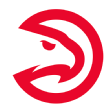 3. Atlanta Hawks
3. Atlanta Hawks
Players under 25: 9
Tradeable first-round picks: 4
Players on rookie-scale contracts: 4
The strategy: What a difference a year makes. Entering the 2024 draft lottery, Atlanta was adrift. The Hawks couldn’t build on their surprise run to the 2021 conference finals. The franchise’s big swing — trading for Dejounte Murray in the 2022 offseason to join Trae Young in the backcourt — was a disappointment.
But then Atlanta won the lottery, selected Zaccharie Risacher on draft night and sent Murray to New Orleans for a package that included Dyson Daniels, the 2025 Most Improved Player. Under new lead executive Onsi Saleh, the Hawks made splashes this offseason by signing Nickeil Alexander-Walker, trading for Kristaps Porzingis and pulling off a stunning draft night deal with the Pelicans to acquire a valuable 2026 pick (the more favorable of the Pelicans and Milwaukee Bucks’ first-rounders).
The formerly moribund Hawks have a chance to be a significant threat as soon as next season in the weakened East. However, Young’s future — the point guard can become a free agent next summer — is something to monitor.
Is it working? True long-term success for Atlanta could hinge on that 2026 Pelicans/Bucks pick. If it lands in the top five — ESPN’s first 2026 mock draft projects that pick to land at No. 8 — the Hawks could add another solid prospect next to Young, Daniels, Risacher and Jalen Johnson. If not, Atlanta has the foundation of an intriguing, long, athletic roster under coach Quin Snyder.
Estimated return to relevance: The Hawks are already a threat for a top-four seed next season, with the potential to keep growing if they land a premium player in the draft next year. But unlike many teams further down these rankings, Atlanta has as good a young core as any in the conference.
![]()
4. Philadelphia 76ers
Players under 25: 12
Tradeable first-round picks: 3
Players on rookie-scale contracts: 2
The strategy: With the All-Star trio of Joel Embiid, Paul George and Tyrese Maxey sharing the floor in just 15 games (294 minutes) last season, Philadelphia went from an overwhelming offseason winner to the league’s fifth-worst record. The lost season came with a consolation prize: It put the 76ers in position to keep their top-six protected first-round pick, which Philadelphia did when it jumped to No. 3 in the draft, allowing the 76ers to select Baylor guard Edgecombe.
The offseason has been relatively quiet in Philadelphia otherwise, with most of the roster returning — although reserve big man Guerschon Yabusele signed with the New York Knicks — and some interesting end-of-roster players such as Trendon Watford, Jabari Walker and Dominick Barlow.
Is it working? It depends: Will Embiid be healthy? That’s the biggest question in Philadelphia. It’s also the main one that will determine whether Philadelphia’s strategy works. With Embiid on the court, the 76ers believe they can compete with anyone in the East. But if the former MVP has a repeat of last season — he played just 19 games and was shut down in February with knee issues — this team could again be in the draft lottery. Some franchise-altering decisions could follow.
Estimated return to relevance: Again, this goes back to Embiid’s health. With him on the court, Philadelphia will be a force this season. But if he’s again sidelined for the vast majority of the season, given he’s under contract for another three years for more than $180 million, it could set off a chain reaction that will have Philadelphia in the wilderness for quite some time. They 76ers also still owe a top-4 protected pick in the 2026 draft to the Oklahoma City Thunder after keeping their pick this past season.
![]()
Players under 25: 7
Tradeable first-round picks: 6
Players on rookie-scale contracts: 2
The strategy: It’s been an eventful few months in Memphis. The Grizzlies fired coach Taylor Jenkins two weeks before the end of the regular season, along with a good chunk of his coaching staff, and then traded franchise cornerstone Desmond Bane to the Orlando Magic for a haul of draft picks last month.
The Grizzlies, who insisted they weren’t rebuilding in the wake of the Bane deal, aggressively moved up in the draft to select wing Cedric Coward and agreed to a long-term extension with big man Jaren Jackson Jr.
Is it working? Maybe? General manager Zack Kleiman, in a refreshing moment of candor, said in May that there is not a way to look at this group and think it has a chance to be a contender in the West as constituted. Kleiman followed up that answer by trading Bane for those picks, including a potential top-10 selection from Phoenix next year, and he has continued to operate with a team around Jackson and Ja Morant that can still be a playoff team.
Estimated return to relevance: This all goes back to one question: What is Morant’s future? Can he return to being the player who looked like he would be one of the faces of the NBA and a budding superstar? Or will he remain a very good player who never reaches that level again? The answer will determine whether this Memphis group, as constituted, has a chance to be something more than a play-in type of team in the West.
![]()
6. Washington Wizards
Players under 25: 12
Tradeable first-round picks: 6
Players on rookie-scale contracts: 10
The strategy: The Wizards have spent the past couple of seasons tearing down their roster. As a result, they have a team featuring seven players taken in the first round of the past three drafts and one that could have the most cap space in the 2026 offseason.
This group is missing a high-end player needed to escape the depths of a rebuild. That’s why the heavy expectation is the Wizards will have another season treading near the bottom of the standings and letting those young players learn through experience while trying to land a top pick in another loaded 2026 draft. (Washington’s pick is top-eight protected, and it’s hard to see any way the Wizards allow it to convey.)
Is it working? The Wizards need lottery luck. They got none this spring, falling from second to sixth on lottery night. They also need their lottery picks to hit. So far, there have been flashes from their recent picks — Bilal Coulibaly two years ago, and Alex Sarr and Bub Carrington this past season — but there isn’t an obvious franchise centerpiece in place.
Estimated return to relevance: Not anytime soon. Washington is likely still looking at a two- to three-year timeline, even with lottery luck next spring, to rise up the East standings.
![]()
7. Charlotte Hornets
Players under 25: 12
Tradeable first-round picks: 8
Players on rookie-scale contracts: 7
The strategy: The Hornets, coming off their first full season with the new regime of executive vice president of basketball operations Jeff Peterson and head coach Charles Lee, feel stuck between timelines.
Charlotte has a group of players it drafted the past three years under the new ownership group — Brandon Miller, Tidjane Salaun and Kon Knueppel — and the remnants of the past regime’s drafts led by LaMelo Ball (entering his sixth NBA season) and Miles Bridges. Had the Hornets landed Flagg, perhaps we would be talking about a team ready to hit the gas pedal. Instead, they traded Mark Williams at the draft and could potentially start second-round selection Ryan Kalkbrenner at center, signaling another season headed for a high draft pick.
Is it working? The Hornets have done things right over the past few years, but landing a franchise player also requires some luck. So far, Charlotte hasn’t had it. Based on how this offseason plays out, the Hornets will be taking another swing at it next summer, too.
Estimated return to relevance: Charlotte has the potential to jump-start its rebuild in 2026-27 if it lands a top selection. Or, the Hornets could go the complete opposite way if a blockbuster haul materializes for Ball. That would push back this group’s timeline even further, but with more cracks at landing a franchise cornerstone in the draft.
![]()
8. Utah Jazz
Players under 25: 12
Tradeable first-round picks: 7
Players on rookie-scale contracts: 8
The strategy: Utah had the league’s worst record last season, but it failed to land Flagg or Harper. Instead, Utah fell to No. 5 and selected Rutgers forward Ace Bailey.
New president of basketball operations Austin Ainge, in his introductory news conference last month, declared that the Jazz will be leaning into its youth movement. He backed that up by moving on from veterans Collin Sexton and John Collins via trade and Jordan Clarkson via buyout over the past few weeks.
Is it working? Utah’s front office is in a good place. Ainge and Justin Zanik form a quality tandem along with the team’s CEO, Danny Ainge, and recently extended head coach Will Hardy. But the Jazz have yet to find the luck it takes to get the kind of talent that moves teams up this list. Until they do, it’s hard to see things dramatically progressing in a brutal Western Conference race. Still, the Jazz have a lot of future draft picks and the potential for their young players to develop. Bailey, a talented wing scorer, could be the foundational player Utah desperately needs.
Estimated return to relevance: Between the state of Utah’s roster and the competitive West, it’s going to be an extremely long road for the Jazz to return to competitiveness. The organization is well-positioned to navigate that path, but it doesn’t make it any easier.
![]()
9. Brooklyn Nets
Players under 25: 12
Tradeable first-round picks: 9
Players on rookie-scale contracts: 7
The strategy: A year ago, the Nets pulled off a blockbuster trade with their crosstown rival Knicks. The first deal between the teams in decades sent Mikal Bridges to Manhattan for five first-round selections, in conjunction with a separate deal with the Houston Rockets to regain control of their draft picks in 2025 and 2026. They will go through a proper rebuilding period after striking out on the Kevin Durant-James Harden-Irving era in Brooklyn.
This past season, the Nets — under first-year coach Jordi Fernandez — impressed at different points but ultimately had bad lottery luck and landed the eighth pick, which it used to select BYU guard Egor Demin with what was the team’s first lottery selection since the franchise moved to Brooklyn in 2012. Demin was one of a record five first-round picks that the Nets used in the 2025 draft. The franchise further signaled its intent to chase another high pick in 2026 by sending Cameron Johnson to Denver for Michael Porter Jr. and a 2032 first-round selection.
Is it working? When the Nets got back their draft picks for 2025 and 2026, the plan was not to wind up with the No. 8 pick. From that standpoint, the answer is no. But if Brooklyn can come out of next year with a high-end pick, then the Nets can at least begin to move forward. The Porter acquisition took a big chunk out of next summer’s cap space, but the Nets will still have tens of millions to spend.
Estimated return to relevance: The earliest timeline is after next season should the Nets decide to speed things up after these two drafts. But Brooklyn, which has a ton of future draft picks, likely has a long road before returning to realistic championship contention.
![]()
10. Toronto Raptors
Players under 25: 11
Tradeable first-round picks: 4
Players on rookie-scale contracts: 6
The strategy: Toronto spent the past two seasons trying to quickly flip its roster from a core of Fred VanVleet (left in free agency), Pascal Siakam (traded) and OG Anunoby (traded) into one built around young forward Scottie Barnes. Barnes, Brandon Ingram — who has yet to play for Toronto since landing via trade and extending in February — Immanuel Quickley and Jakob Poeltl make up the team’s new core. The Raptors drafted South Carolina forward Collin Murray-Boyles ninth last month.
The goal is to return to the playoffs next season in what is a wide-open Eastern Conference after the Jayson Tatum and Tyrese Haliburton Achilles tears during the playoffs.
Is it working? The Raptors have done a lot of work over the past two years to seemingly wind up with a similar — or lower — ceiling than the one it had before moving on from the remaining core members of the 2019 NBA champions. Things were thrown into another level of uncertainty when the Raptors announced that Masai Ujiri, the architect of the franchise’s only title, was out the day after last month’s draft, with a search underway for his successor.
Estimated return to relevance: If Toronto doesn’t return to the playoffs this season, it will be seen as a huge disappointment. Whether this team can truly become a contender again in the East, however, will depend on a lot of factors, including individual growth and improvement from Barnes, Ingram, Quickley and others.
![]()
11. Portland Trail Blazers
Players under 25: 9
Tradeable first-round picks: 3
Players on rookie-scale contracts: 4
The strategy: For a few years now, the Blazers have felt like a team trying to execute multiple strategies at once under general manager Joe Cronin. The team has drafted a series of young players high in the lottery — Scoot Henderson, Shaedon Sharpe and Donovan Clingan — and yet has had all of them repeatedly blocked by older veterans for playing time. This offseason, Portland traded for Jrue Holiday — now in his mid-30s — and for the second straight year, used a first-round pick on a center, Yang Hansen, an intriguing player who will need time to grow his game.
This is also a roster brushing up against the luxury tax. And, while it plans on building on last season’s strong second half — Portland was over .500 and had one of the league’s better defenses — time will tell if that was solid play against a soft schedule or signs of true growth.
Is it working? Portland welcomed back franchise icon Damian Lillard on Thursday, signing him to a three-year, $42 million contract. His return gives the Blazers a leadership presence that their next generation is developing. Sharpe and Henderson are intriguing talents who require more consistency to take that sort of leap. Clingan can be a menace defensively but selecting Hansen this year leads to questions about his future, too. Toumani Camara and Deni Avdija, who have been quite good on below-market deals, could earn big deals in the coming seasons, removing some of their surplus value.
Estimated return to relevance: Portland is clearly operating like a team that believes it can get into the top 10 in the Western Conference this season, as evidenced by the Holiday deal. The path to chasing a top-four seed, however, is years away.
![]()
Players under 25: 10
Tradeable first-round picks: 5
Players on rookie-scale contracts: 2
The strategy: The Bulls, a perpetual play-in team, again landed there last season, losing in the first game to the Miami Heat. Chicago landed the 12th pick in last month’s draft and used it to draft French forward Noa Essengue.
The expected improvement from Miami, Philadelphia and Toronto — all teams that finished behind Chicago last season — could allow the Bulls to land a game-changing talent in next year’s draft despite not doing much to put themselves there. Chicago is also on pace to have max cap space next summer even after an expected re-signing of restricted free agent Josh Giddey this offseason.
Is it working? The Bulls have missed eight of the past 10 playoffs, and they have little to show for it. This roster is devoid of true high-end players, though Coby White has developed into a key contributor (he is on an expiring deal and is very unlikely to extend with the Bulls because of the limitations on how much of a raise he can get off of his $12.9 million salary for next season). Matas Buzelis, last year’s first-round pick, and Essengue have longer-term potential. This is a team desperately in need of a high pick to hit it big — something this regime did not do when selecting Patrick Williams with the No. 4 pick in 2020.
Estimated return to relevance: The Bulls, with little high-end talent and lower chances of getting a top pick than several of the teams below them on this list because of having more overall depth, are one of several teams far from relevancy in the Eastern Conference. It’ll take some significant changes in approach, luck, or both to change that.
![]()
Players under 25: 10
Tradeable first-round picks: 3
Players on rookie-scale contracts: 4
The strategy: The Pelicans made a major course change this offseason, firing president of basketball operations David Griffin and replacing him with former Pistons boss and Hall of Famer Joe Dumars. He hired another former Pistons executive, Troy Weaver, before the two worked on a flurry of moves. They traded CJ McCollum and Kelly Olynyk for Jordan Poole and Saddiq Bey and signed former Golden State Warriors center Kevon Looney as a free agent.
The most impactful moves, however, came on draft night, when the Pelicans took Oklahoma guard Jeremiah Fears No. 7 before — in the most stunning move of the night — sending the better of Milwaukee’s and New Orleans’ unprotected picks in 2026, plus the 23rd selection, to the Hawks for the 13th pick to take Maryland center Derik Queen.
Is it working? The bigger question for the Pelicans is what is the strategy? The Poole and Looney moves would seem to indicate trying to be competitive, but the Fears and Queen picks clearly point toward the future. Meanwhile, Dejounte Murray remains sidelined with a torn Achilles, and Zion Williamson’s health continues to be a giant question.
Estimated return to relevance: So much hinges on the health of Williamson and his ability to play a full season. But even if he does, it’s hard to see this team becoming a true contender in the West soon, especially after giving up a potential high lottery pick to the Hawks in the Queen trade last month.
![]()
Players under 25: 8
Tradeable first-round picks: 0
Players on rookie-scale contracts: 3
The strategy: After two years of breakneck spending and a relentless pursuit to immediately contend under Mat Ishbia, the Suns have retrenched. The Durant trade — sending him to the Rockets for Jalen Green, Dillon Brooks and the pick that became Khaman Maluach at No. 10 — was the first step in recognizing that. The impending buyout, waiving and stretching of nearly $100 million remaining on Bradley Beal’s contract is an admission that Ishbia isn’t willing to repeat that record spending for a team that likely won’t contend.
The Suns having a more realistic approach under Ishbia could be an indication of better days ahead. For a team looking at $22 million in dead money for the rest of the decade, no draft capital with any upside and limited talent on the roster, it’s about as bleak of a situation in the league.
Is it working? Most of the franchises on this list at least have some optimism. The Suns, however, have none. Their draft capital is tied up through the rest of the decade. So, too, is their ability to generate any real cap space between dead money on the books and Devin Booker’s gigantic extension. And the gauntlet that is today’s Western Conference ratchets up the difficulty level facing Phoenix’s rebuild.
Estimated return to relevance: Not anytime soon, which, for rival teams in possession of the Suns’ future first-round picks, is a fascinating development. Perhaps, in a couple of years, Ishbia and the franchise can begin to rework the roster around Booker as some of the current money comes off Phoenix’s books.

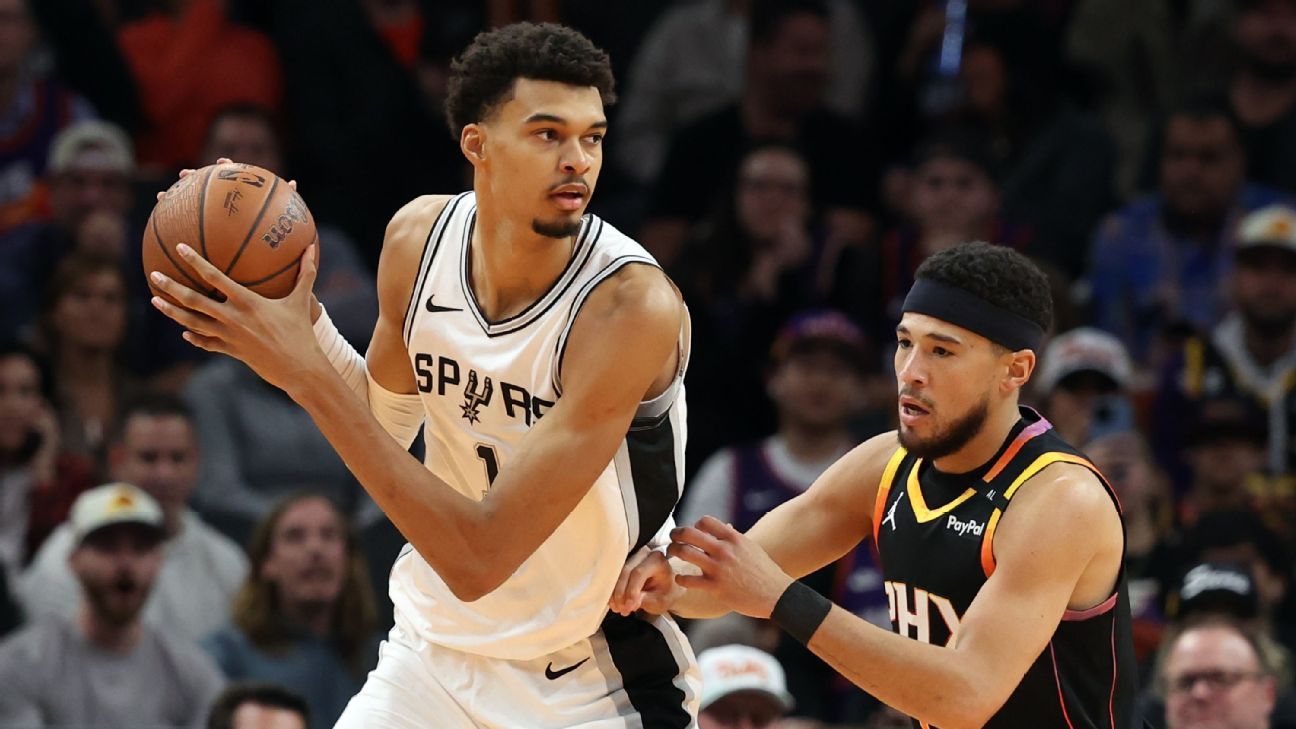
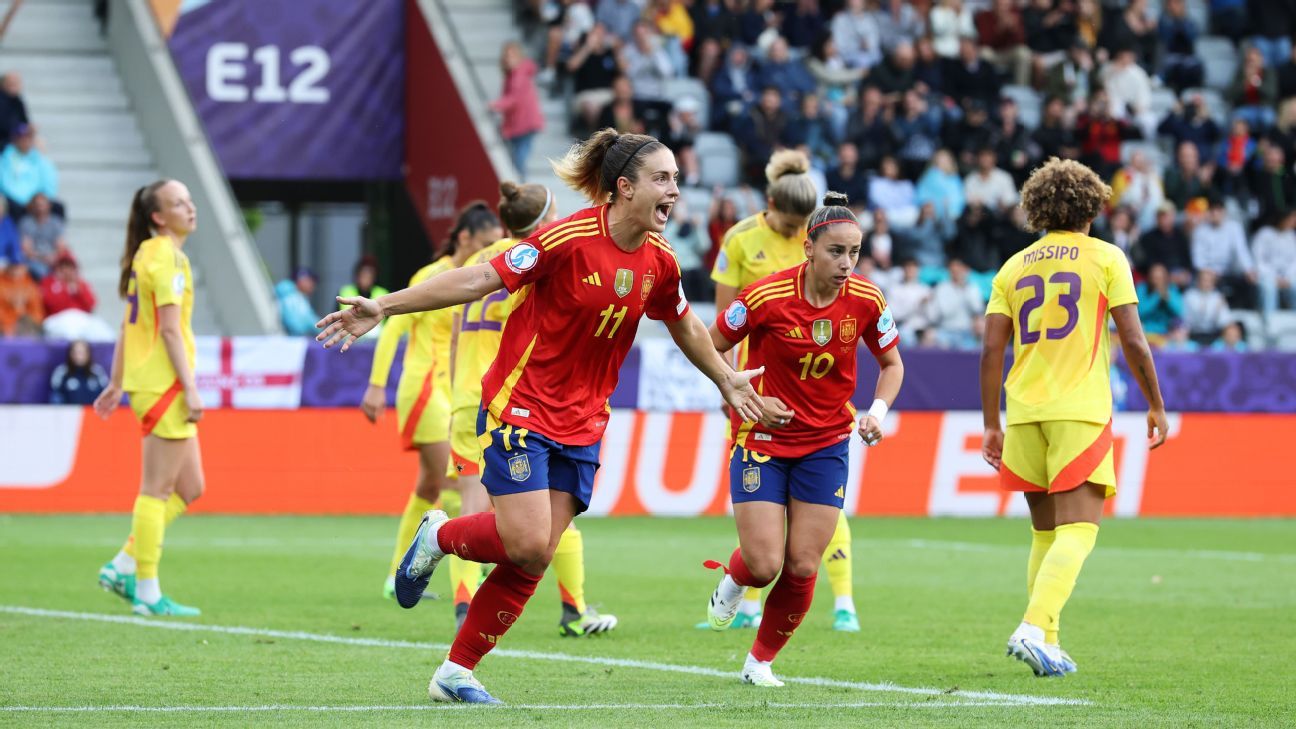
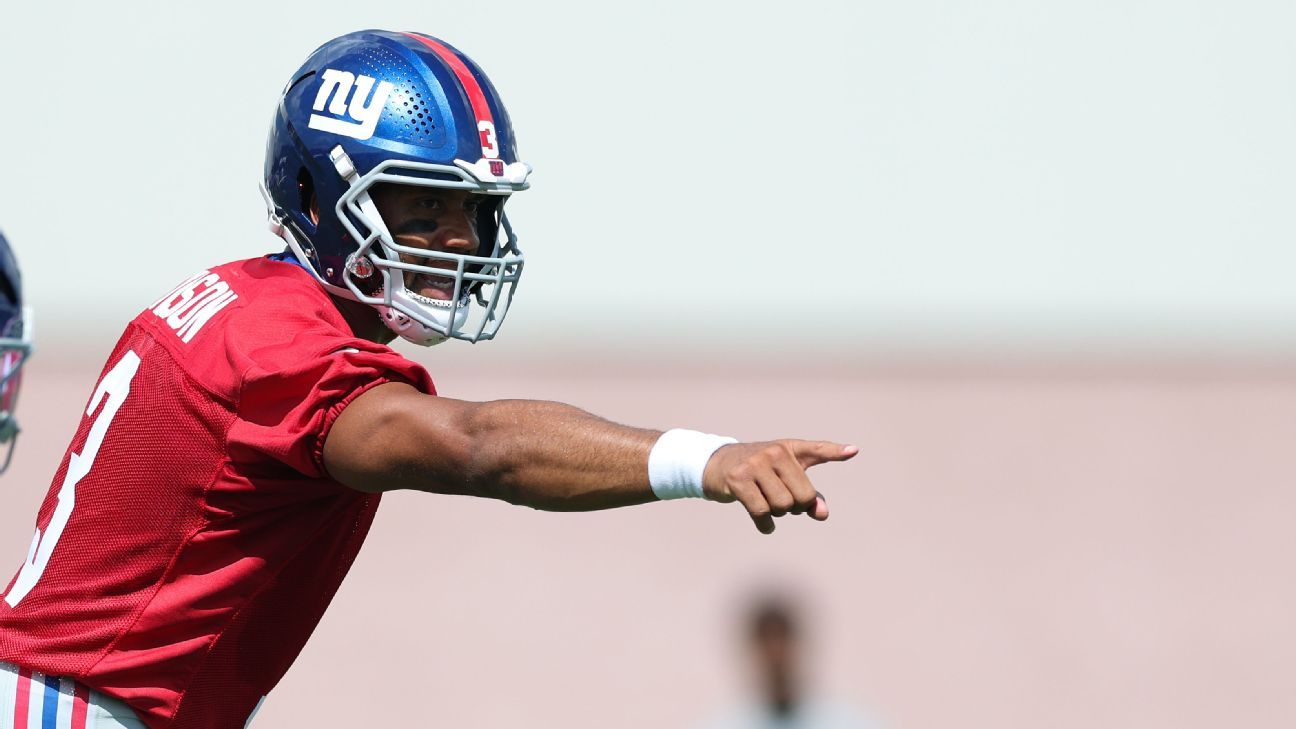
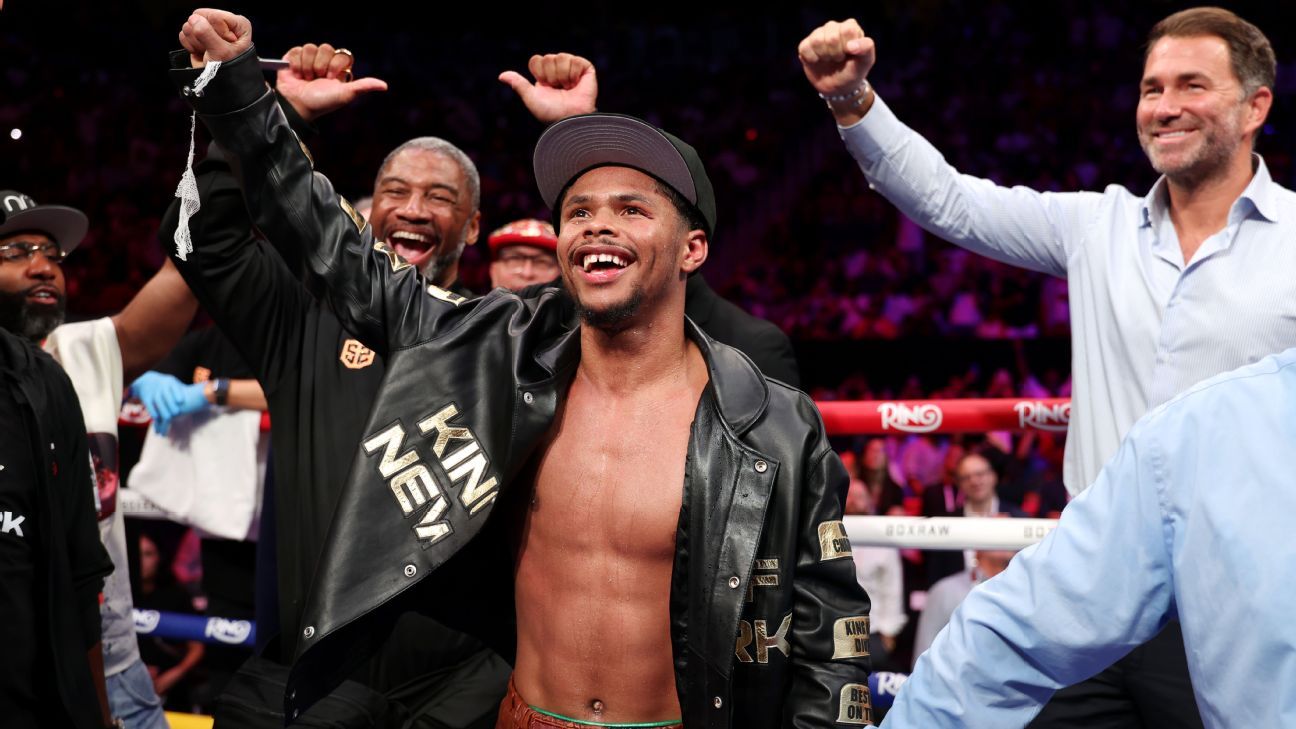
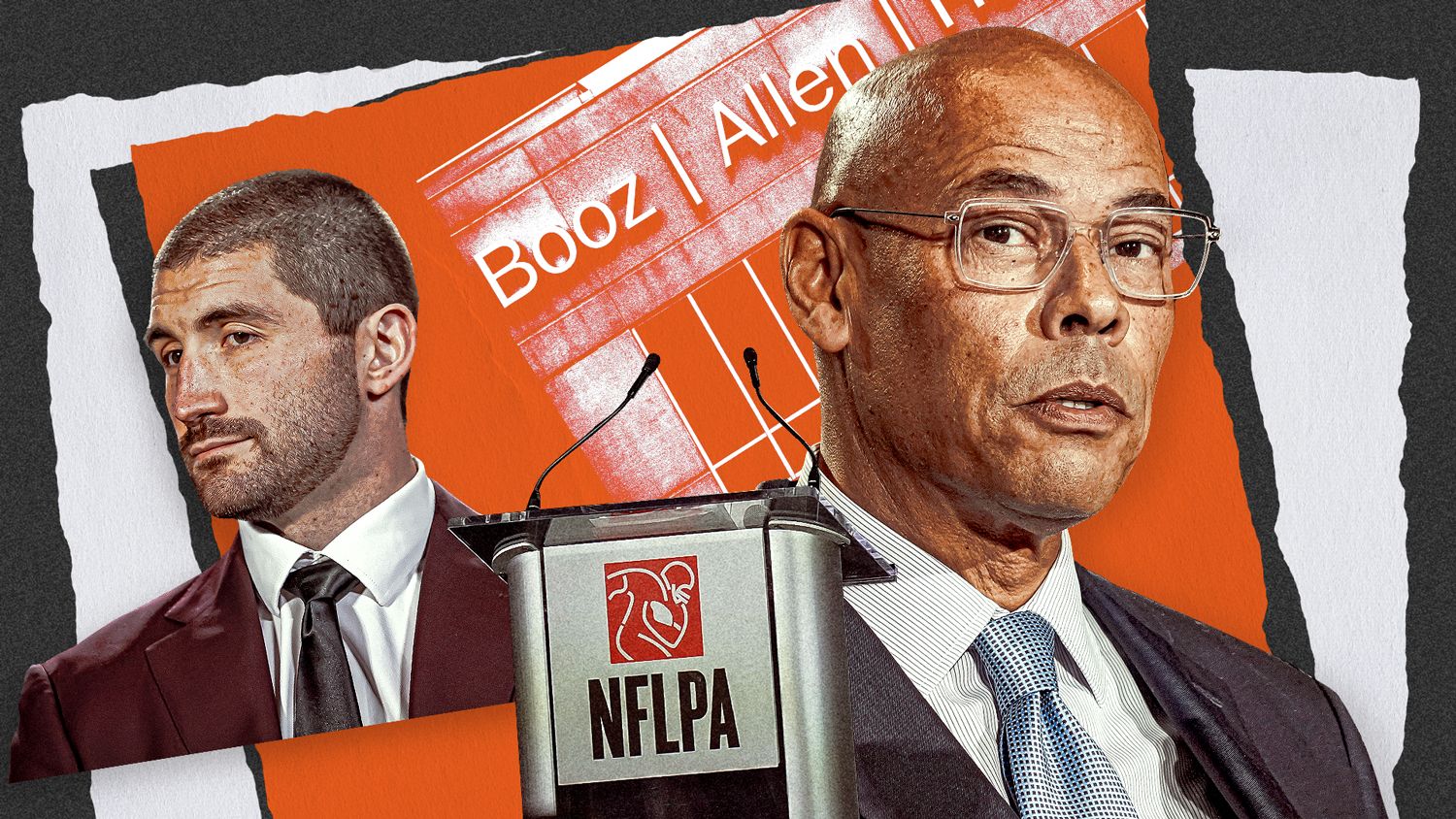
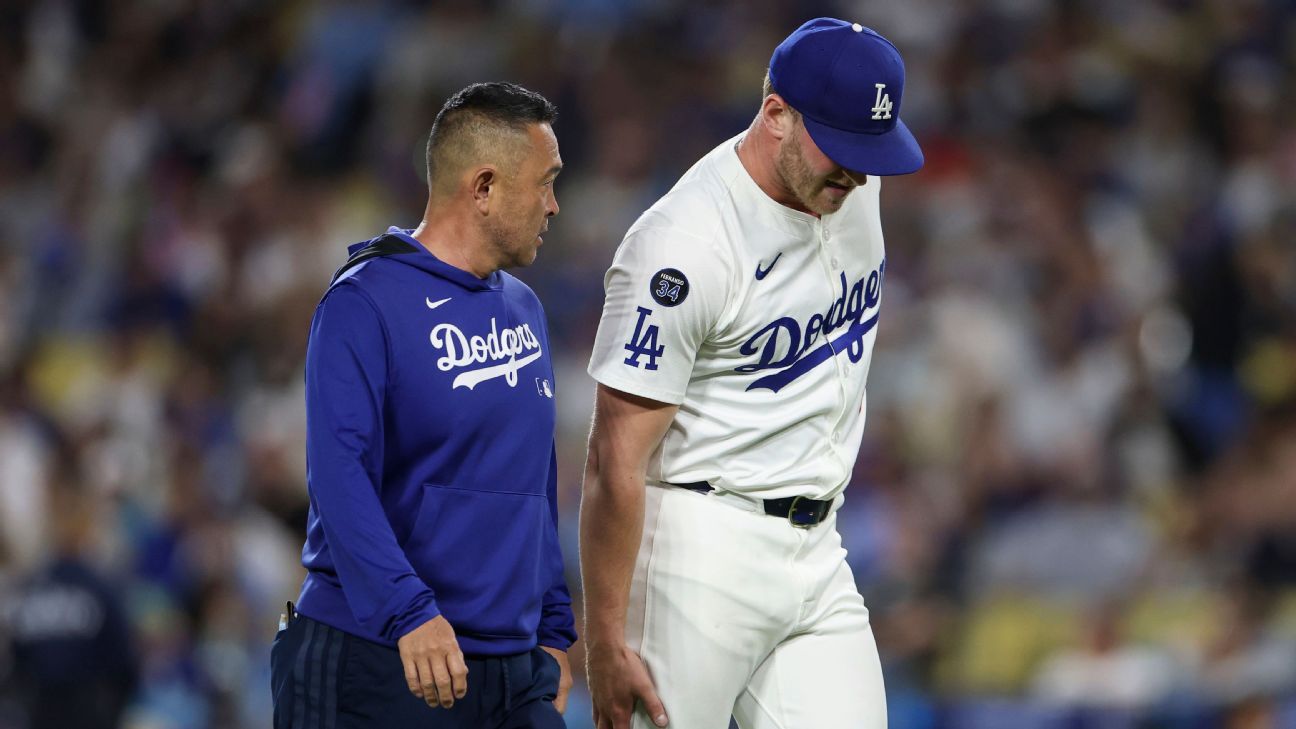
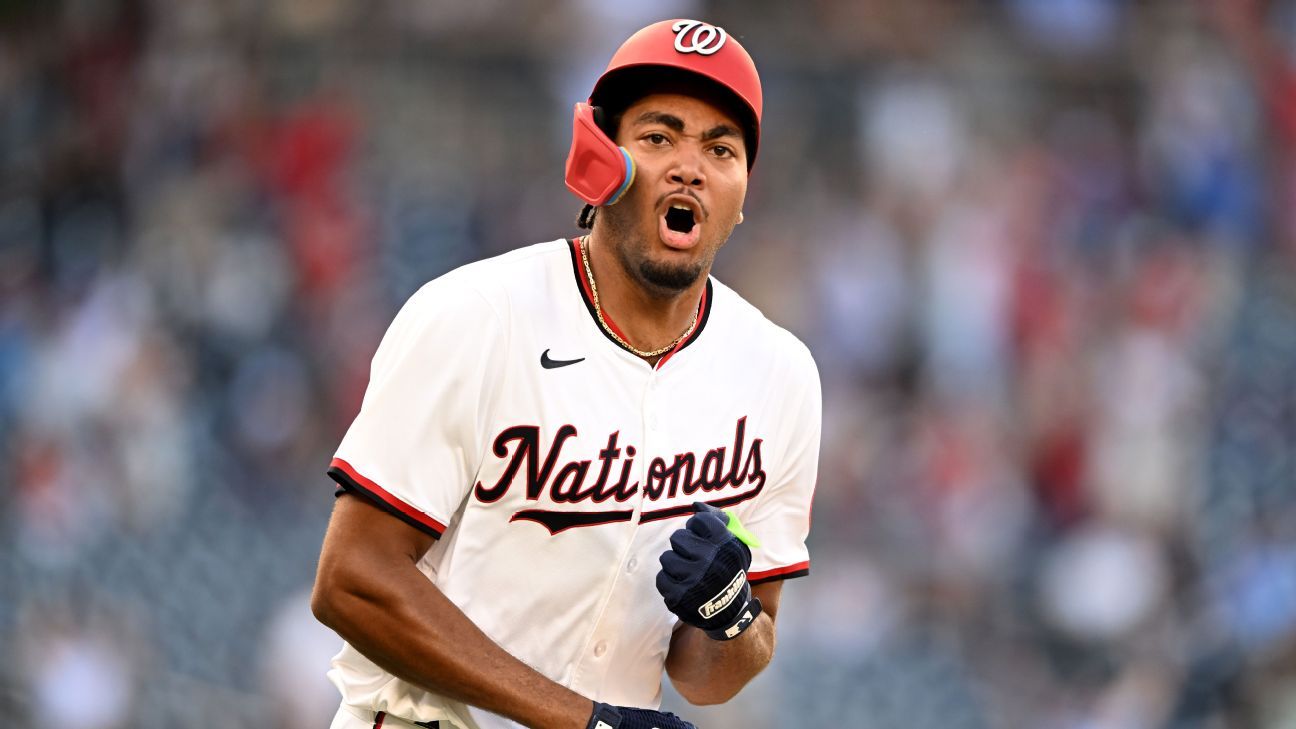
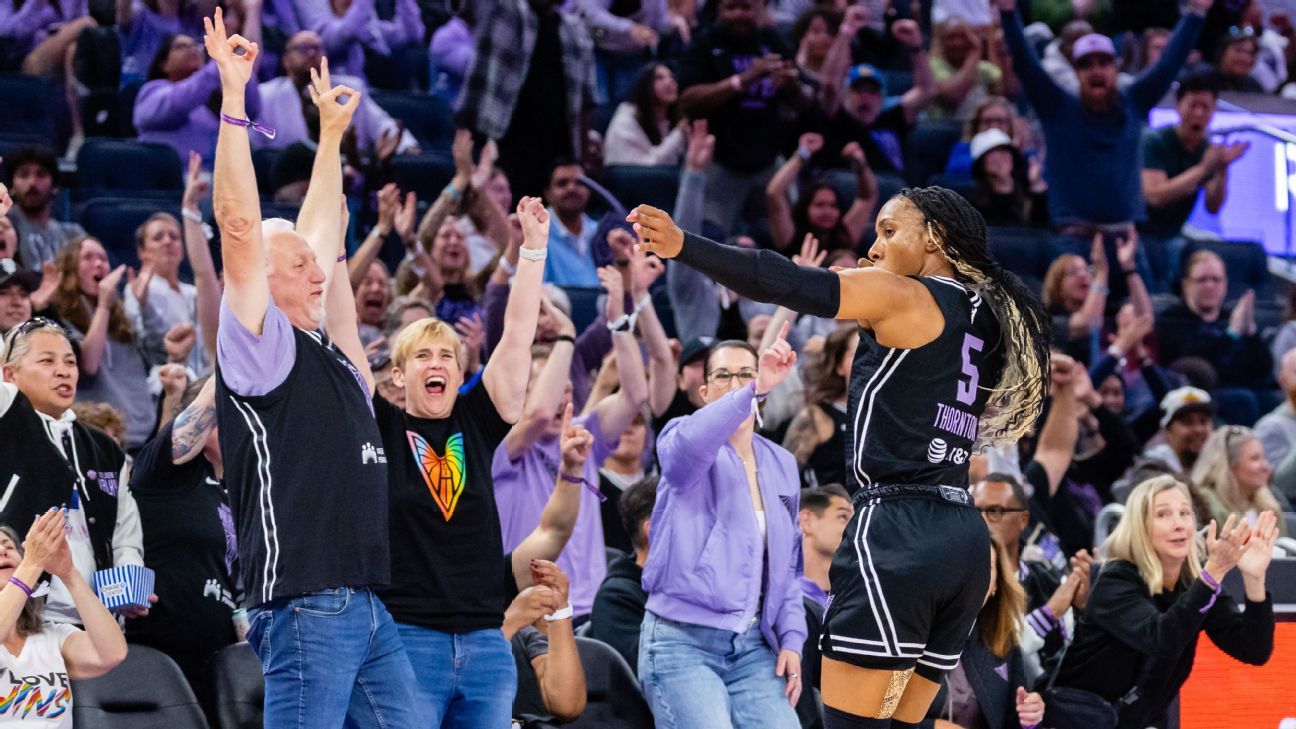
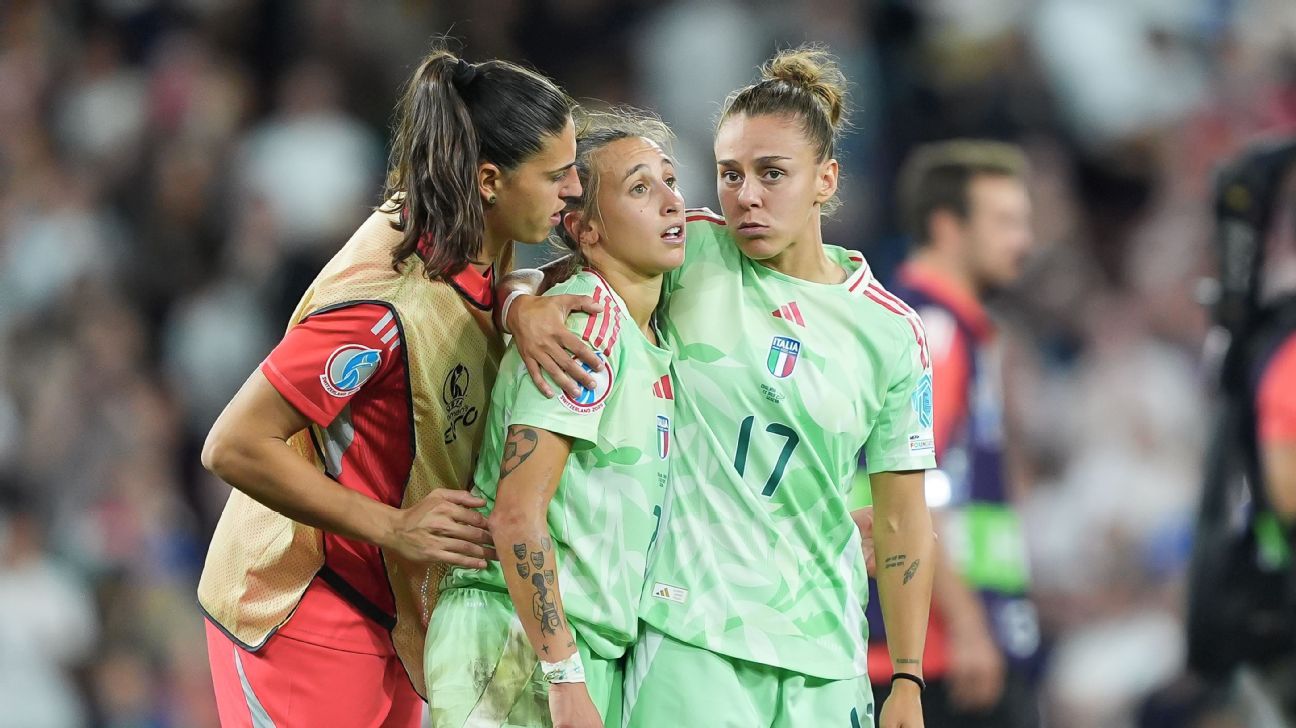
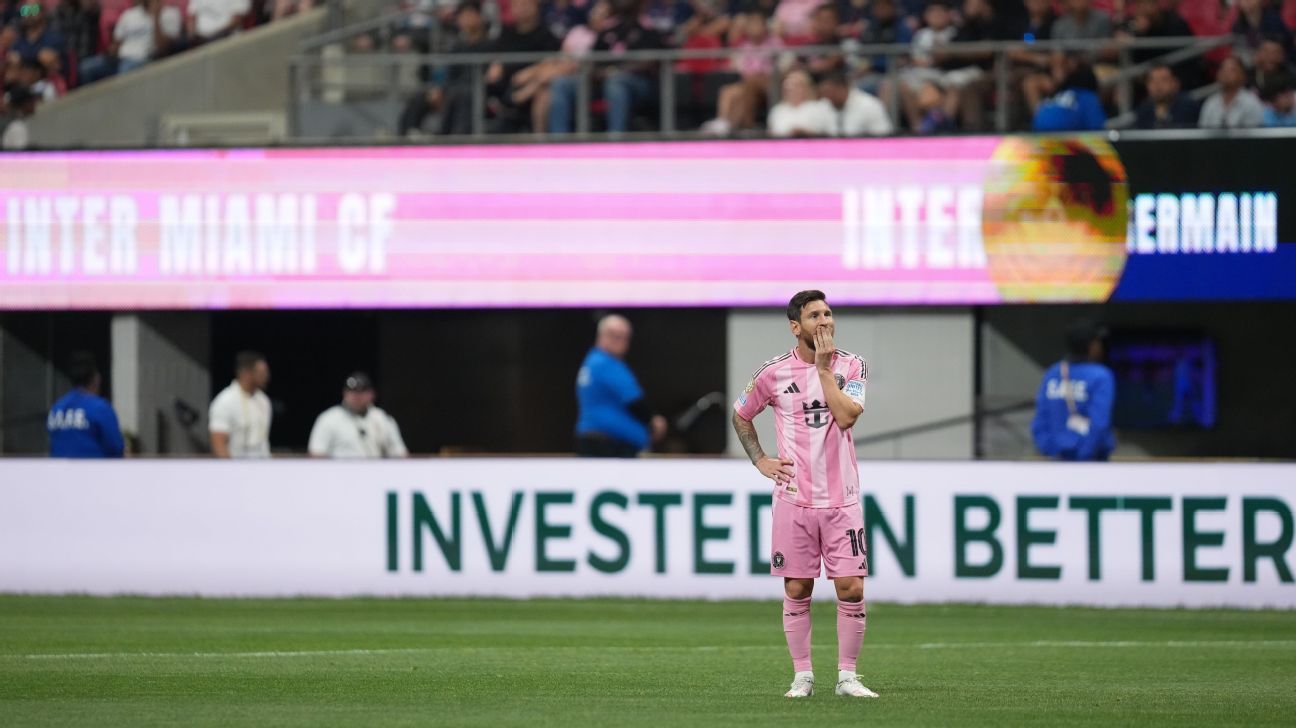
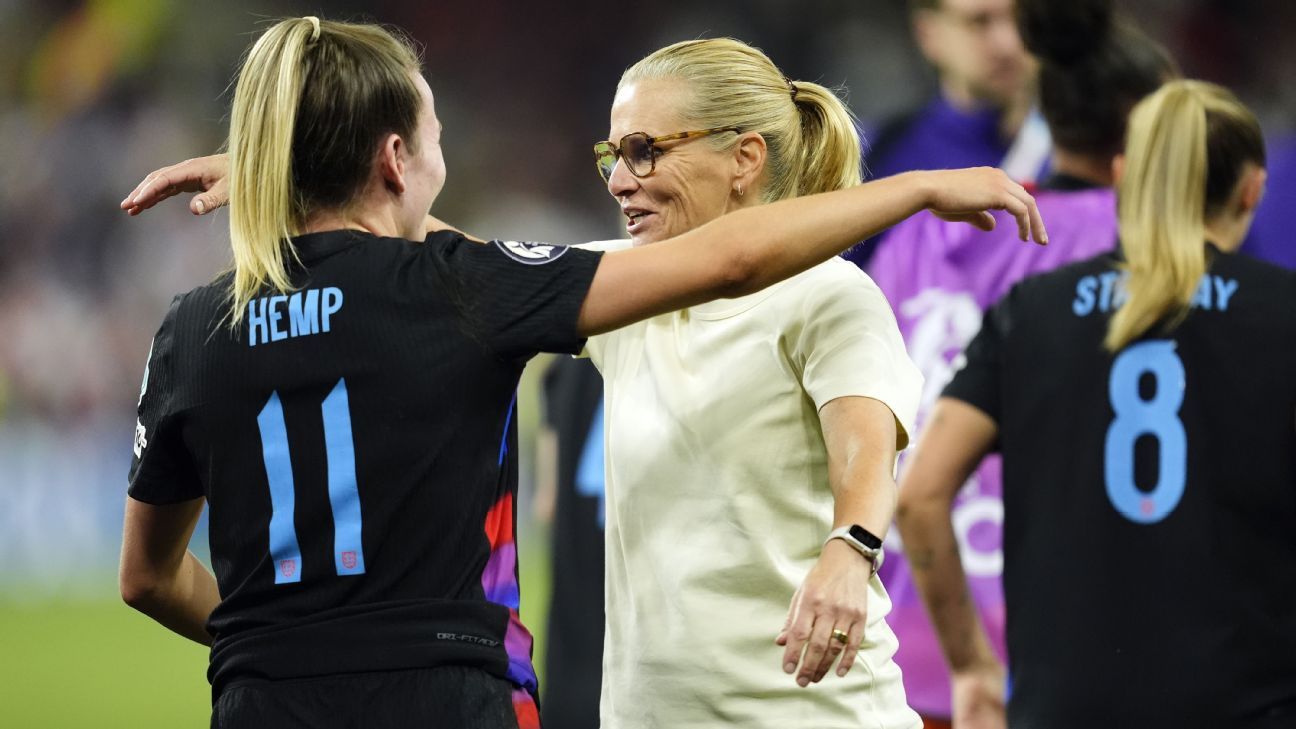

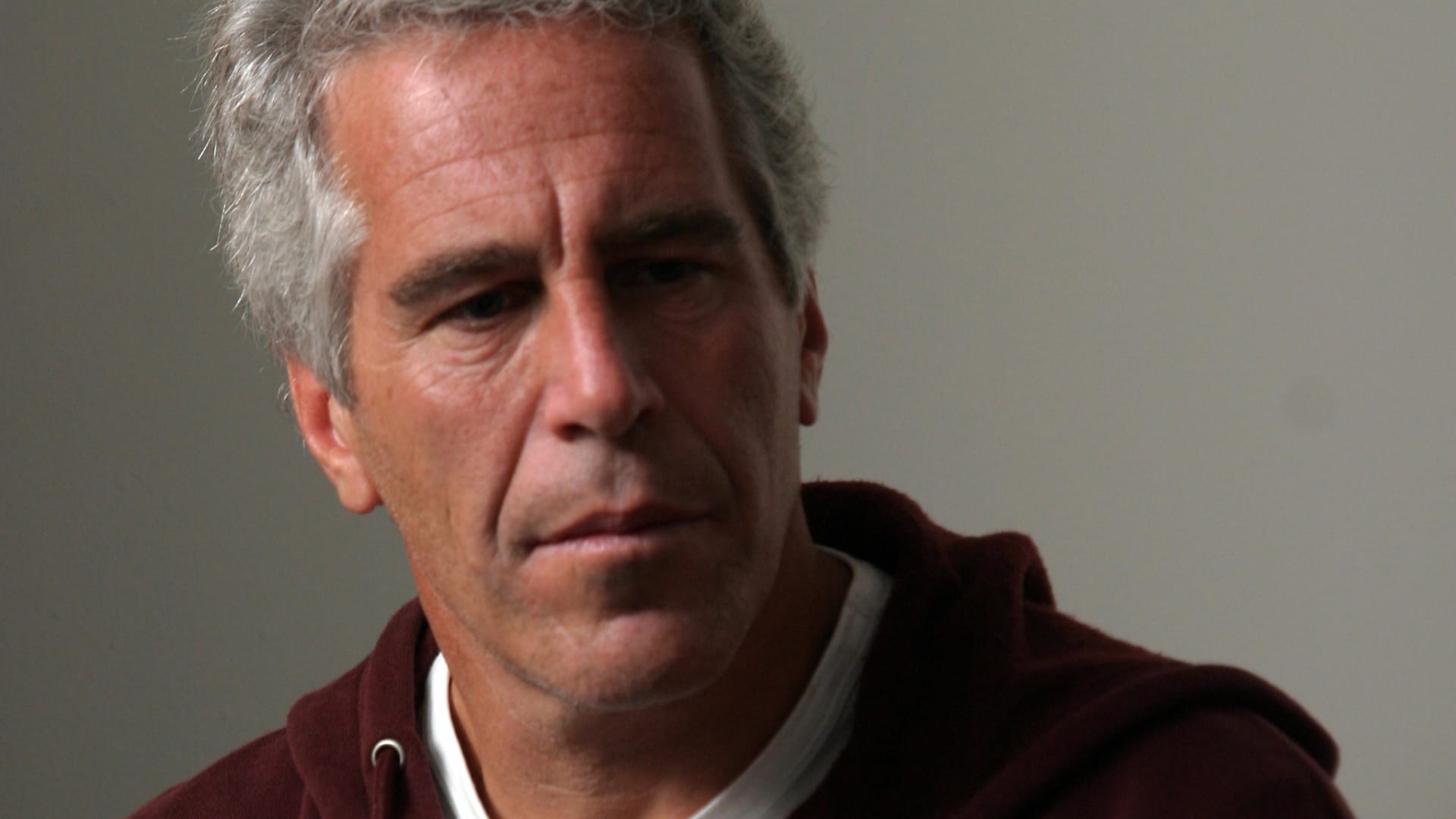
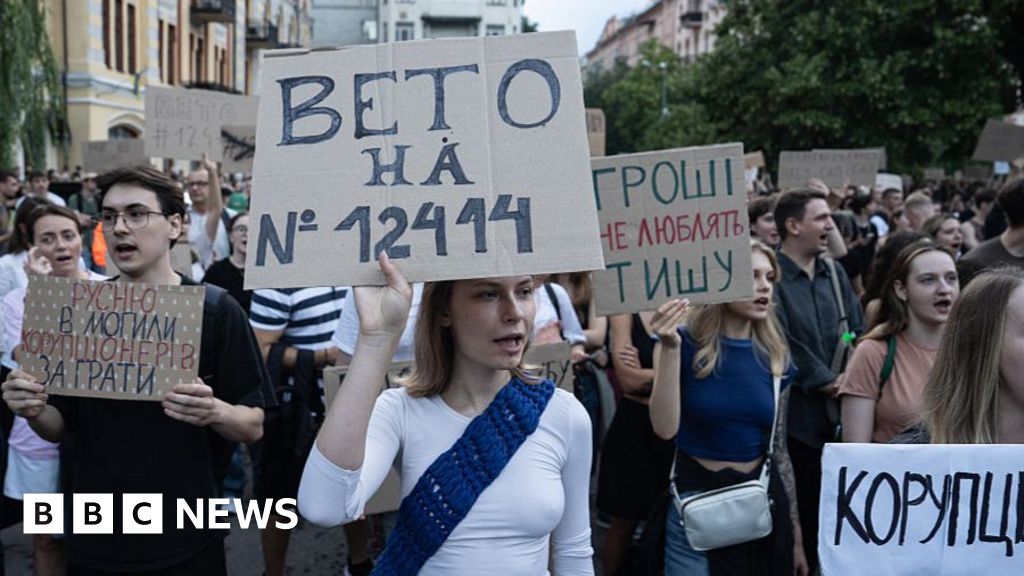
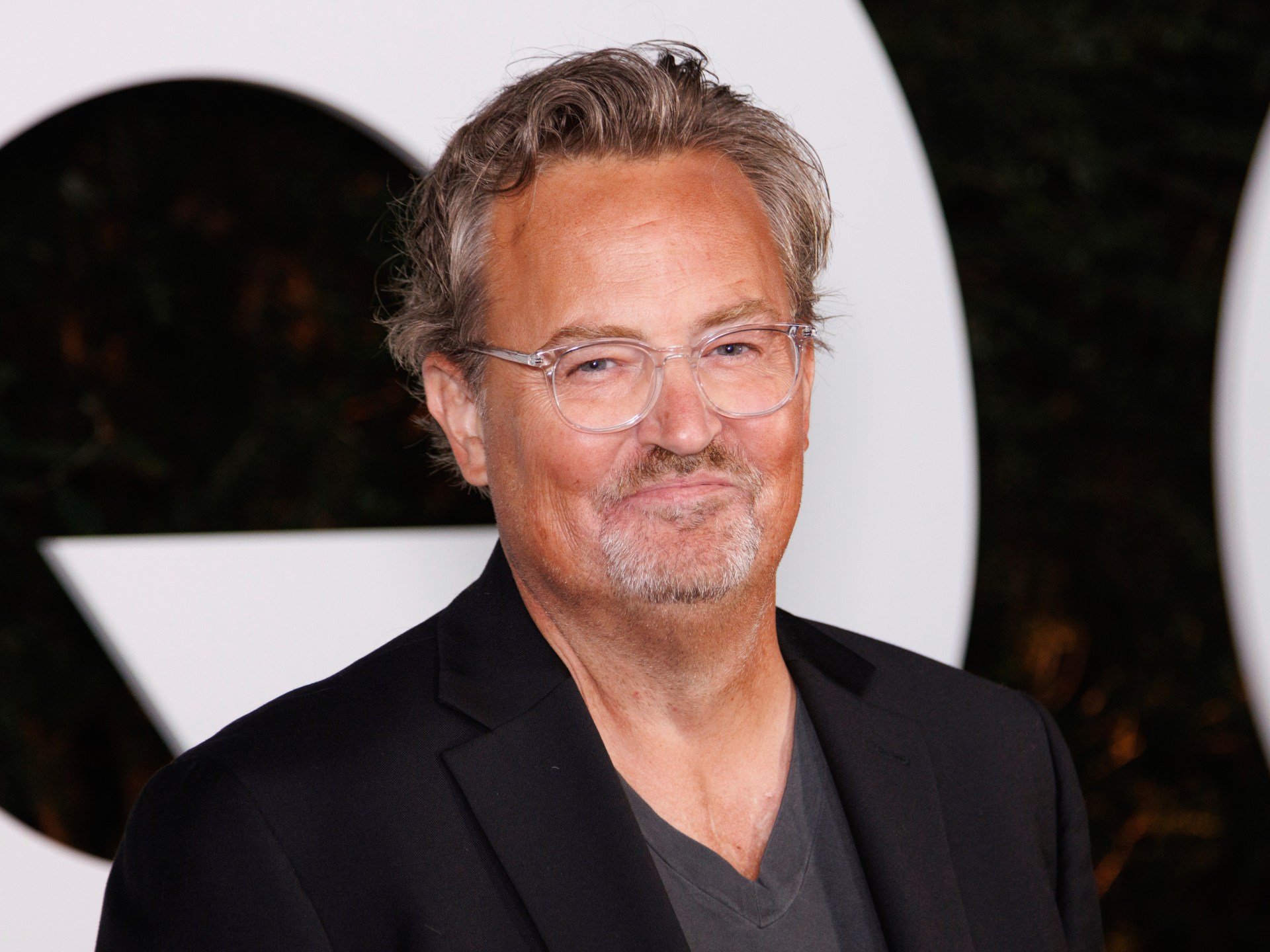
Leave a Reply